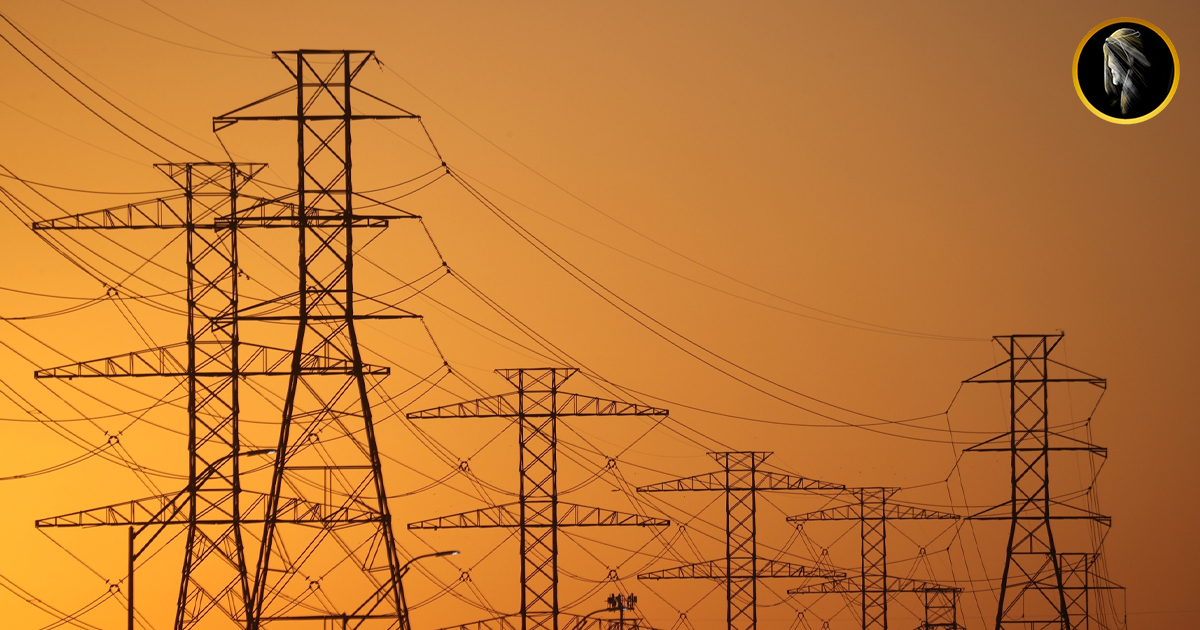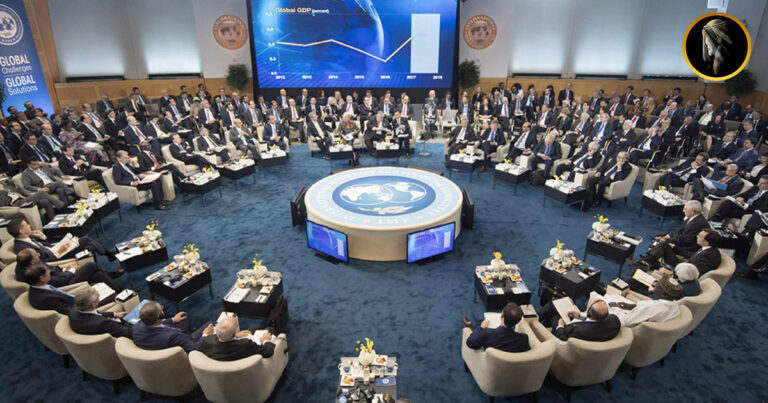Saudi Arabia’s electricity and gas supply sector experienced remarkable growth of 21.5 percent when compared to the same month the previous year, as reported by the General Authority of Statistics (GASTAT).
This robust expansion in the electricity and gas sector has been a consistent trend throughout 2023, attributed to various factors. The Kingdom has made substantial investments in energy infrastructure, encompassing the construction of power generation plants, gas facilities, and electricity distribution networks, all aimed at meeting the increasing demand for energy.
Furthermore, Saudi Arabia has actively implemented energy efficiency measures, which not only reduce energy wastage but also encourage responsible energy consumption, thereby enhancing overall efficiency in the electricity and gas sectors.
In addition to this, the latest data shows that the manufacturing sector in the Kingdom reported a 4.6 percent annual growth in August.
However, there was a 19.3 percent decline in mining and quarrying activity due to the reduction in Saudi Arabia’s oil production to 8.85 million barrels per day in August. This drop was a result of the agreement made by the Organization of the Petroleum Exporting Countries and its allies, known as OPEC+, to limit oil supply until 2024. Saudi Arabia had voluntarily cut its oil production for both July and August. In September, the Kingdom announced an extension of its voluntary oil production cut of 1 million barrels per day until the end of the year.
The GASTAT report also noted a 12 percent decline in the overall industrial production index, despite the growth in the manufacturing, electricity, and gas supply sectors. This decline was largely due to the significant weighting of the mining and quarrying sector in the industrial production index.
The report highlighted that the trend in the mining and quarrying sector significantly influences the overall industrial production index, given its substantial weight in the calculation. While manufacturing remained stable when compared to July, electricity and gas supplies increased by 11 percent, although the mining and quarrying sector experienced a marginal decline of 1.1 percent. This resulted in an overall decrease of 0.3 percent in the industrial production index compared to July.
The industrial production index is an economic indicator that reflects the relative changes in industrial output volume and is calculated using data from an industrial production survey.







